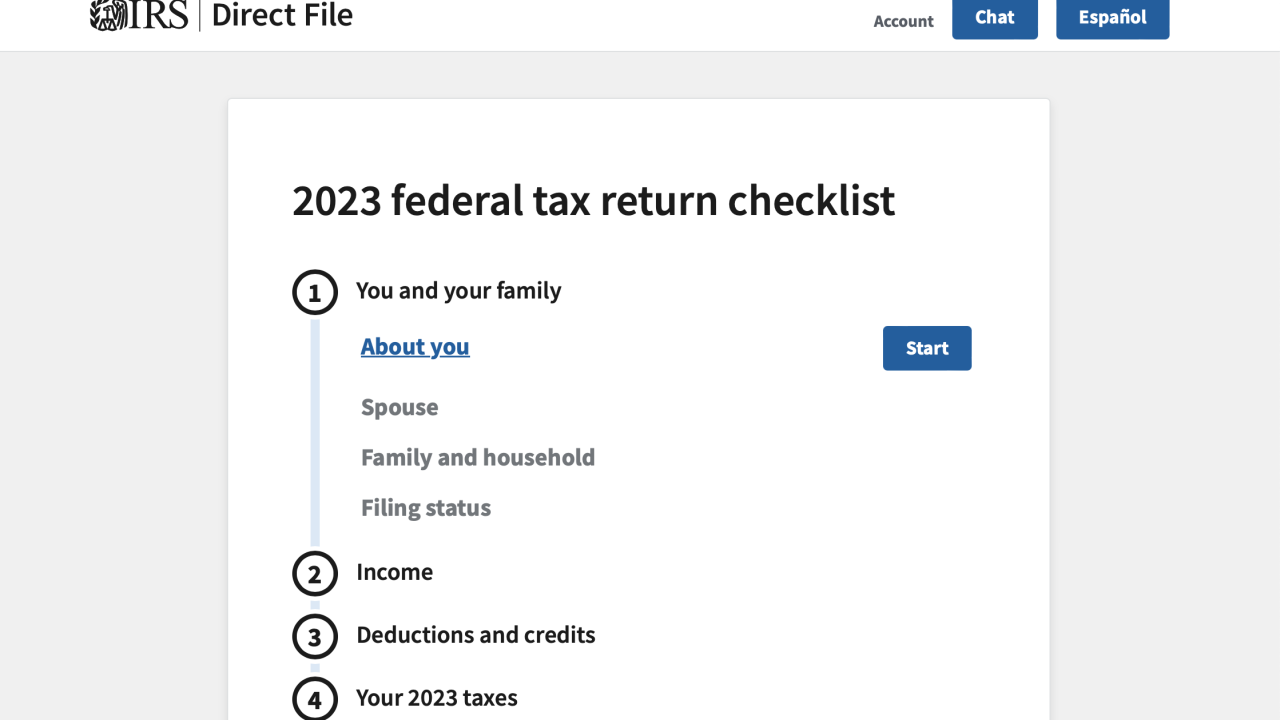Section 331 of the American Jobs Creation Act included a provision that could potentially have a big impact on some investors.
After Jan. 1, 2005, mutual funds can invest in master limited partnerships to a greater extent. For managers in the $7 trillion mutual fund arena, that translates into a lot of potential new demand for the $50 billion MLP market. While the affect may not be immediate, the scope is hard to ignore.
Under the new law, income from MLPs is considered one of the qualifying incomes for mutual funds. Previously registered funds could not receive more than 10 percent of their income from MLPs. Now the income qualifies as long as the fund's MLP ownership does not exceed 25 percent, and an individual fund owns no more than 10 percent of any one MLP.
The Coalition of Publicly Traded Partnerships, a trade organization, has been working for this change for some time. "When the tax code was written in 1954, there was no such thing as publicly trading partnerships," said Mary Lyman, executive director of the Washington-based lobbying group. "Before technology improvements in the 1980s, partnerships were not liquid and concentrated in a few partners with large sums invested."
Funds could be attracted to MLPs for the same reasons that direct investors are. The units pay a high current return of between 6 percent and 9 percent, and MLPs have different risk characteristics than even companies in the same industry. "Investors like the stability of cash flows that are not taxed at the entity level," said Thomas N. Hunt III, CFA, CPA, partner and founder of Eagle Global Advisors LLC in Houston. Hunt's firm specializes in MLP advisory. Of its $800 million under management, $50 million is dedicated to MLP investing. Eagle's minimum for separate accounts is $1 million.
Hunt's firm considers MLPs to be a separate asset class, and has the facts to back up the contention. Eagle created and maintains an MLP index of 34 partnerships over $100 million in market capitalization. "MLPs have low correlation with other asset classes," said Hunt. "The big oils, for instance, rise and fall with the price per barrel of oil, but energy MLPs do not."
To individual investors, the combination of high current return, lower volatility in relation to other classes and high overall returns is an obvious attraction. Eagle's MLP Index reports a 38.1 percent return for 2003 and 16 percent for five years. Energy partnerships make up 75 percent of the index, with real estate and finance at 10 percent each, with the remaining 5 percent in other sectors. But the level of interest on the part of mutual funds is unknown. "Obviously, it will take a while for mutual funds to figure out how to use MLPs," said Hunt.
Funds that are likely to be attracted to MLPs are looking for high-yield securities, and they also may likely be those funds concentrating on energy investing. An analysis of the potential of these funds might include several decision points such as the risk and return characteristics, the accounting issues involved with MLP ownership, and whether the target MLP investment provides enough liquidity.
Accounting issues include the affect on mutual fund distributions from owning MLPs, because typically 20 percent or less of the MLP distribution is taxable. "Funds also look for growth potential," said Christopher Traulsen, senior mutual fund analyst at Morningstar in Chicago. "There are funds that won't buy real estate investment trusts because the high payouts limit re-investment for the future."
Liquidity is another matter. Some of the MLPs are quite small, like the $32 million market cap owner of farm production, Macadamia Orchards. Funds could be more likely to target the larger MLPs, like $2.5 billion pipeline partnership TEPPCO or $6.9 billion Plum Creek Timber.
The equation might also be affected by the increasing supply of MLPs. StoneMor Partners, owner of cemeteries in 12 states, raised $75.3 million last September through a Nasdaq offering. "Investment bankers are thinking about creating MLPs in different industries," says Hunt. "There's been growth. Five years ago there were no MLPs in coal, and now there are three."
Not all industries qualify for the favored tax treatment. The entity must generate passive types of income, or be in the energy field, where partnership investing was popular before units traded publicly. "These investments generate income more like toll roads than other types of public companies," said Hunt.
The biggest impact this change might have is on the value of existing MLPs. If mutual funds do start investing in publicly traded partnerships, the value of existing units is likely to increase. "The size of the equity-only mutual fund assets is almost 100 times larger than the market cap of all MLPs," said Hunt.
Additionally, investors might track the funds that take advantage of MLP investing. High returns and low correlation will be an advantage to those funds. But there are also unique opportunities with MLPs. "Consider that despite value investor Jeremy Grantham's strong recommendation, right now there's no way for mutual funds to invest in timber," said Traulsen.
Allocating to MLPs is a developing art as well. Some MLP funds come out of the fixed income category, but most often advisors consider MLPs a competitor to other alternative investments like real estate. "We have some clients with as much as 10 percent allocated to MLPs," said Hunt.
There are some obstacles left to address before funds jump in with both feet, according to the CPTP's Lyman. Some states' tax codes do not conform to federal statutes, and fund companies incorporated in those states still labor under the old rules. Fund-manager-heavy Massachusetts is one that does not conform, for instance.
Ramping up to analyze the nature of the opportunity is another step before funds rush into the newly available structures. "It will take time and be an education effort," said Lyman. "Funds will need to make sure the system works for them."





